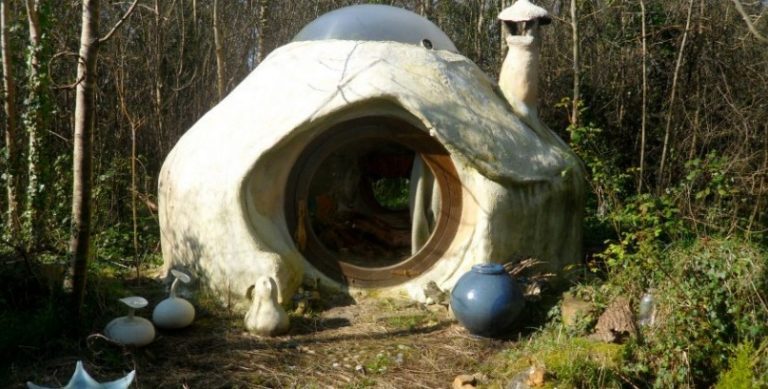
USA: University courses in cannabis
A new undergraduate-level course is to be launched next April by the UC Davis School of Medicine (California): “The Physiology of cannabis”. It is not the first time that this type of course has been…
Péninsule Ibérique expédition express
0€ Commandes supérieures à 60 €
*6€ commandes inférieures à 59€
Europe de l'Est, de l'Ouest et du Sud expédition express
0€ Commandes supérieures à 150 €
*18€ commandes inférieures à 149€
Livraison express Europe du Nord
0€ Commandes supérieures à 160 €
*20€ commandes inférieures à 159€
Irlande, Norvège, Royaume-Uni expédition normale
0€ Commandes supérieures à 60 €
*6€ commandes inférieures à 59€
Reste du monde expédition normale
0€ Commandes supérieures à 180 €
*25€ commandes inférieures à 179€
Les frais d’expédition peuvent être confirmés dans votre panier.
Pour des méthodes d’expédition supplémentaires, veuillez contacter info@kannabia.com.


*Site Web protégé par SSL.
** Non disponible dans toutes les régions.
*Votre coupon vous sera envoyé par e-mail.
*Si vous avez des questions, des commentaires ou des commentaires, n’hésitez pas à nous contacter ????.

These small hemp houses, designed by Evelyne Adamova, French architect and designer, have a lifespan of approximately 10 years and cost around €500 each. They provide an ecological alternative to traditional constructions, being made of totally natural products such as hemp, lime, sand and straw.
Hemp protects the homes from inclement weather. It prevents dampness and reflects heat in summer. If you cannot imagine living here all year, a hemp house could be a special place for children’s games and adventures or an apartment or shelter to read and sleep in. In any case, Evelyne Adamova is inviting anyone who is interested to spend a few days in these fairy-tale houses to try out them out for themselves.
Buying a hemp-house is also a way of supporting a good cause. hEmpowering Bottom-Up is building homes for victims of the 2015 earthquake and impoverished Nepalese, including the dalit – the lowest Indian caste.
The idea is to provide a clean and safe place to live, eat and sleep. “It is essential to fulfill basic needs like food and shelter before one can tackle other needs like safety, love, self esteem and personal development”, hEmpowering Bottom-Up explain.
Why hemp? This plant grows wild all over Nepal. International conventions and laws have failed to remove it from the DNA of the country because of its religious, social and economic relevance. After the Nepalese earthquake of 2015, hemp was essential for developing and providing its people an economical and sustainable form of living. From this mission comes the name of the project: hEmpowering Bottom-Up.
Homes made from hemp are also economically, socially and environmentally sustainable, and construction time is very fast, housing more people in less time.